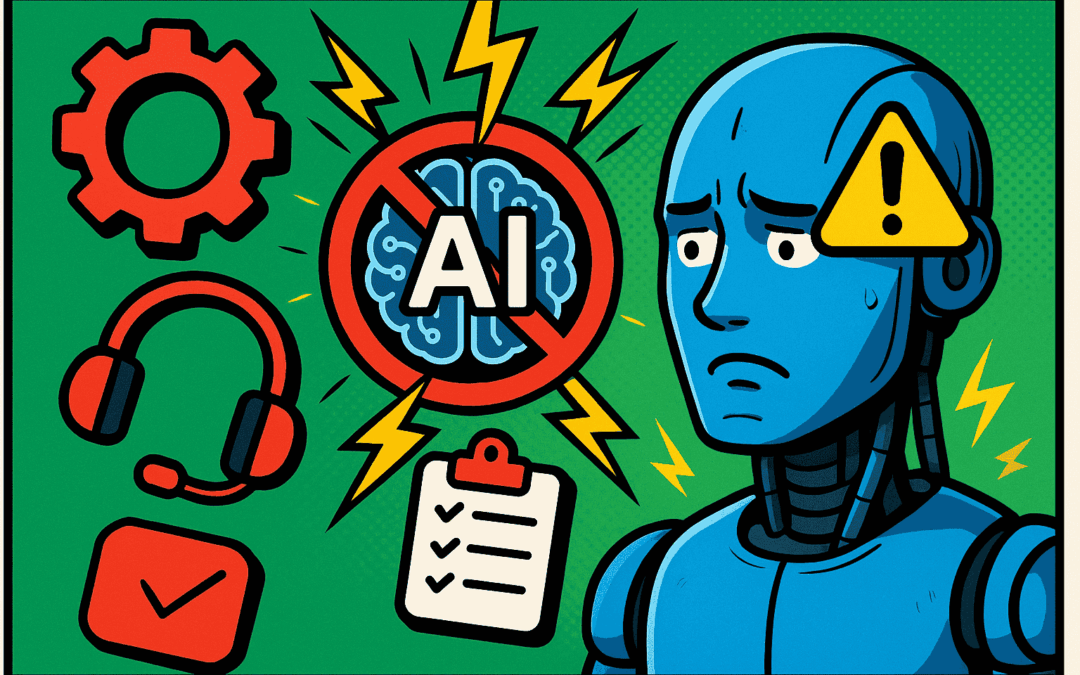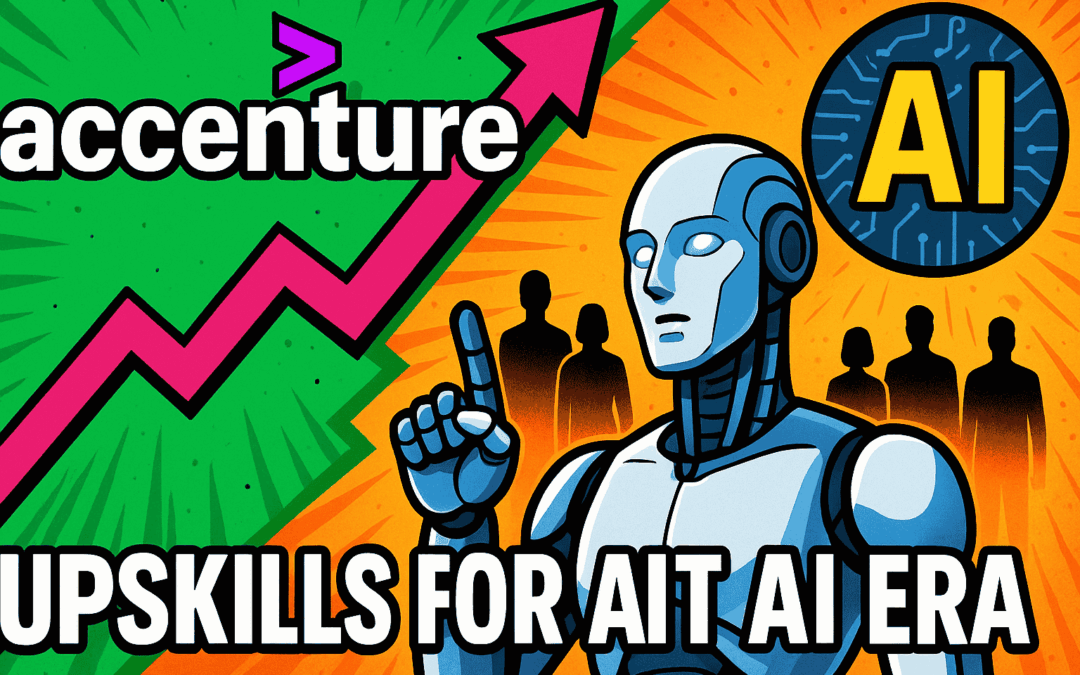- AI deployments in telecom face persistent challenges around data silos, legacy systems, and model reliability.
- Integration of AI tools shows measurable operational improvements, but scalability and real-world implementation remain difficult.
- Experts flag the need for robust governance, transparent models, and cross-functional collaboration to unlock AI’s full value in telecom operations.
AI and large language models (LLMs) continue to reshape telecom operations, driving efficiencies across network management, customer service, and predictive maintenance.
However, a recent industry study highlights that telecom companies encounter critical hurdles when deploying generative AI and automation tools at scale, limiting the speed and impact of digital transformation.
The findings spotlight crucial implications for developers, startups, and IT leaders investing in telecom AI strategies.
Key Takeaways
- Data quality and accessibility remain the foundation for successful AI adoption in telecom.
- Legacy infrastructure slows the pace of innovation, requiring tailored solutions for integration.
- Transparent, governable AI models will shape industry trust—and influence future investments.
Analysis: AI Integration in Telecom Requires More than Technical Excellence
The gap between AI’s potential and real-world results in telecom is not a lack of technical capability—it’s a challenge around data readiness, legacy systems, and governance frameworks.
According to studies cited by AI Magazine, most telecom operators struggle with fragmented data sources and non-standardized data formats. This fragmentation makes it difficult to train, deploy, and maintain machine learning models at enterprise scale.
Legacy platforms and hardware also impede rapid adoption. Telecom networks historically rely on proprietary systems that were not designed with AI in mind.
As a result, “lift and shift” AI implementations often fall short of expectations, prompting the need for custom connectivity and rigorous validation.
Operational Impact: Real Benefits, Real Barriers
Some global telecom players report notable ROI from AI—a trend echoed in studies by McKinsey and Deloitte. Use cases like automated ticketing, anomaly detection, and virtual agents have meaningfully reduced operating costs and improved customer satisfaction.
Still, scaling these pilots into reliable, organization-wide deployments remains rare. Key barriers cited include explainability of AI decisions, regulatory compliance, and workforce readiness.
“Without explainable, auditable models, telecoms risk eroding user trust and running afoul of stricter AI regulations on the horizon,”
notes an expert from the TM Forum’s AI in Operations working group, as quoted by Reuters in recent coverage of AI deployment in telecom.
Implications for Developers, Startups, and AI Stakeholders
- Developers: Demand is high for modular, interoperable AI solutions capable of integrating with legacy OSS/BSS systems. Open-source models and MLOps tools gain traction as operators prioritize flexibility over vendor lock-in.
- Startups: Opportunity lies in offering specialized connectors, monitoring tools, and lightweight AI models targeted at telecom’s unique environments. Addressing data interoperability and model governance can accelerate solution adoption.
- AI Professionals: Cross-functional teams skilled in data engineering, domain expertise, and compliance increasingly shape successful deployments—not just data scientists.
Going Forward: What Will it Take for Telecom to Realize AI’s Promise?
For telecom to fully realize generative AI’s transformational promise, operators must prioritize:
- Centralizing and standardizing data assets to improve model reliability and scalability.
- Building robust governance frameworks for explainability, security, and compliance.
- Deepening collaboration between technical and operational teams to bridge the legacy-modern gap.
“Governance, transparency, and domain collaboration—not just cutting-edge models—will enable the telecom sector to capitalize on AI at scale.”
As new regulations and competitive pressures mount, the industry’s embrace of transparent, auditable AI will likely determine which players emerge as leaders in the next wave of telecom innovation.
Source: AI Magazine.











